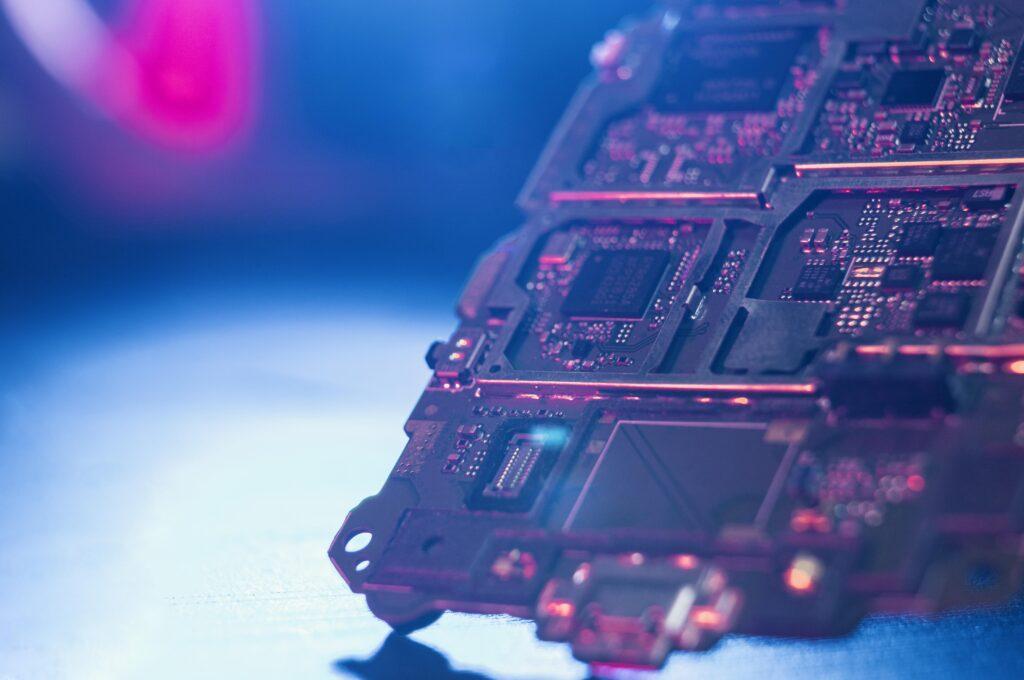Microsoft’s Quantum Breakthrough Claims Face Intense Scientific Scrutiny
When Microsoft announced its “Majorana 1” quantum processor last month, the company positioned it as a watershed moment – claiming to have harnessed exotic quantum particles to create error-resistant qubits that could revolutionize computing. But the physics community is pushing back hard, with leading experts accusing Microsoft of overstating its achievements and bypassing normal scientific rigor.
The Controversial Core Claims
At issue are Microsoft’s assertions about Majorana zero modes (MZMs) – theoretical quantum particles that could form the basis of ultra-stable “topological qubits.” Unlike conventional qubits prone to errors, topological qubits built from MZMs would theoretically be inherently protected from quantum decoherence.
Microsoft claims its chip contains:
- Evidence of functioning MZMs
- Eight operational topological qubits
- Validation via peer-reviewed Nature publication
But the reality appears far murkier. Nature’s editors took the extraordinary step of publicly distancing themselves from Microsoft’s interpretation, stating the published paper “does not represent evidence for the presence of Majorana zero modes.” This rare contradiction between journal and study authors has stunned researchers.
Peer Review Under the Microscope
The publication process itself has raised eyebrows:
- Two of four reviewers initially rejected the paper outright
- One approving reviewer had prior collaborations with Microsoft on retracted MZM research
- Nature admits it published based on future potential rather than demonstrated results
“This isn’t how rigorous science normally works,” says Henry Legg of University of St Andrews, who notes most papers with such mixed reviews wouldn’t clear Nature’s high bar. The journal maintains its review process was sound, while Microsoft says it had no role in reviewer selection.

A History of Questioned Results
The current controversy echoes Microsoft’s 2018 Nature paper on MZMs that was later retracted due to “insufficient scientific rigor.” Critics argue the company continues using questionable methods:
- The “topological gap protocol” (Microsoft’s test for MZMs) has been shown to produce false positives through minor data tweaks
- Disorder in materials can mimic MZM signals without actual particles present
- No independent replication of results exists
“Fundamental material science problems don’t disappear because you build a fancier chip,” Legg argues. Microsoft’s Chetan Nayak counters that critics are attacking a “straw man” version of their work.
Why This Matters Beyond Academia
The stakes extend far beyond academic debate:
- Investor Confidence – Microsoft’s stock rose post-announcement
- Quantum Roadmaps – Competitors may feel pressure to make similar claims
- Public Trust – Overhyped breakthroughs risk damaging the field’s credibility
Microsoft plans to present new data at March’s Global Physics Summit, but for many researchers, the burden of proof remains unmet. As Sergey Frolov (University of Pittsburgh) notes: “Extraordinary claims require extraordinary evidence – not press releases contradicting the actual published science.”
The controversy highlights growing tensions between corporate R&D timelines and the painstaking process of scientific verification. Whether Microsoft has truly achieved a quantum leap or is seeing quantum mirages may take years to determine – but the physics community is making clear they won’t take tech giant assertions at face value.
As the debate continues, one thing is certain: the path to practical quantum computing remains as uncertain as the quantum states themselves.

